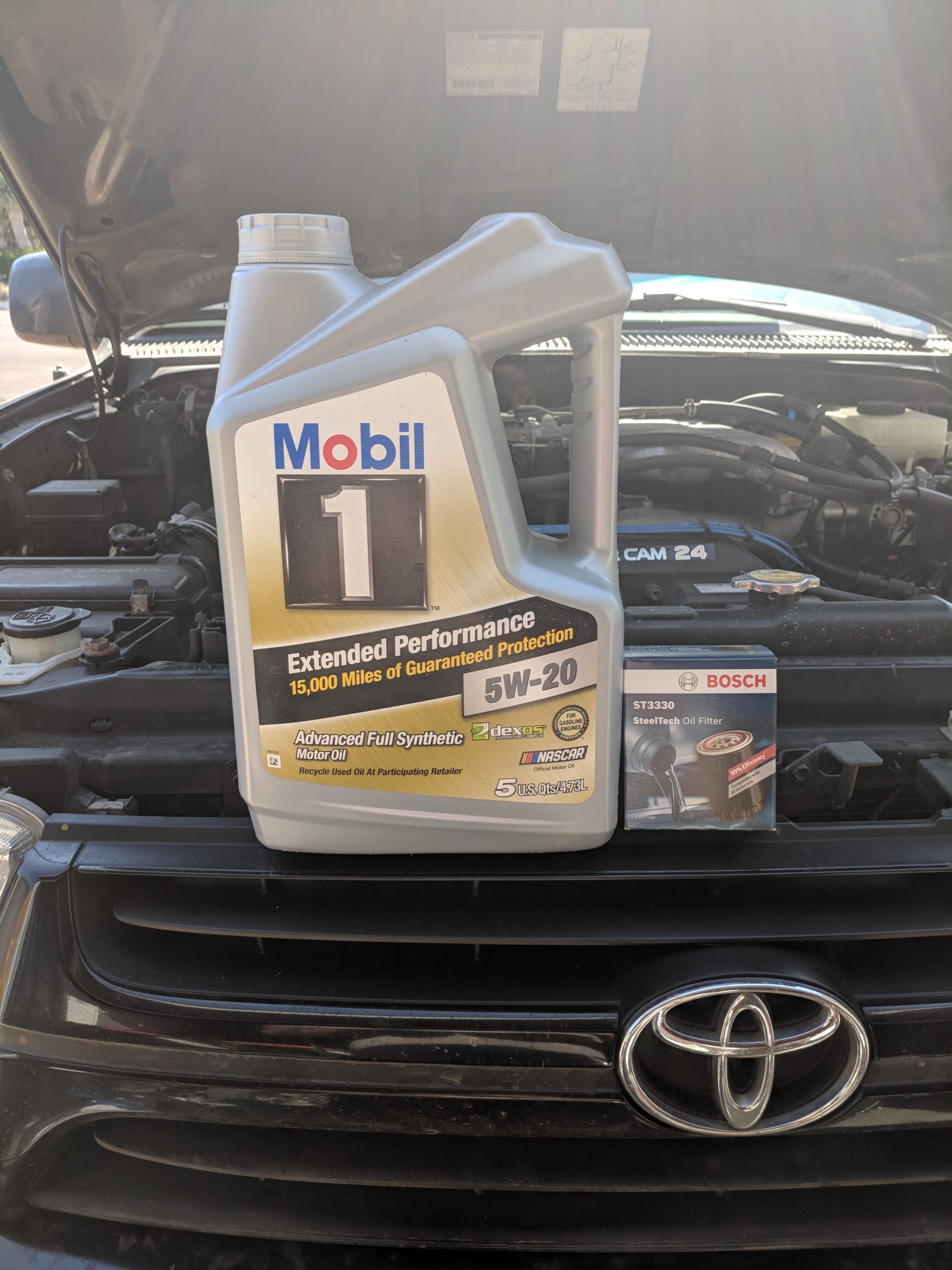The Vital Role Of Engine Oil In The 2025 Toyota 4Runner: Understanding Capacity And Importance
The Vital Role of Engine Oil in the 2025 Toyota 4Runner: Understanding Capacity and Importance
Related Articles: The Vital Role of Engine Oil in the 2025 Toyota 4Runner: Understanding Capacity and Importance
Introduction
In this auspicious occasion, we are delighted to delve into the intriguing topic related to The Vital Role of Engine Oil in the 2025 Toyota 4Runner: Understanding Capacity and Importance. Let’s weave interesting information and offer fresh perspectives to the readers.
Table of Content
The Vital Role of Engine Oil in the 2025 Toyota 4Runner: Understanding Capacity and Importance

The Toyota 4Runner, a renowned SUV known for its ruggedness and off-road capabilities, is expected to continue its legacy in the 2025 model year. While specific details regarding the 2025 4Runner are not yet available, understanding the significance of engine oil capacity and its role in the vehicle’s performance is crucial for any owner.
Engine oil serves as the lifeblood of any internal combustion engine. It acts as a lubricant, reducing friction between moving parts, preventing wear and tear, and minimizing heat buildup. Proper oil levels and regular changes are essential for maintaining optimal engine performance, longevity, and fuel efficiency.
Understanding Engine Oil Capacity:
Engine oil capacity refers to the total volume of oil an engine can hold. This figure is determined by the engine’s design, size, and specific components. The 2025 Toyota 4Runner, like its predecessors, will likely have a specific oil capacity that must be adhered to.
Factors Influencing Oil Capacity:
Several factors contribute to the overall oil capacity of an engine. These include:
- Engine Size: Larger engines typically require more oil to lubricate their larger components.
- Engine Design: The specific design of an engine, including the number of cylinders and the presence of oil coolers, can influence oil capacity.
- Oil Pan Size: The oil pan, which holds the oil, has a direct impact on the overall capacity.
- Oil Filter Type: The type of oil filter used can affect the total volume of oil required.
The Importance of Proper Oil Levels:
Maintaining the correct oil level is critical for optimal engine performance. Insufficient oil levels can lead to:
- Increased Friction: Without adequate lubrication, engine parts experience higher friction, leading to increased wear and tear.
- Overheating: Oil acts as a coolant, transferring heat away from engine components. Insufficient oil can cause overheating, potentially leading to engine damage.
- Reduced Performance: Excessive friction and overheating can result in decreased engine power and responsiveness.
- Premature Engine Failure: Severe oil depletion can lead to catastrophic engine failure, requiring costly repairs.
Regular Oil Changes: A Crucial Maintenance Practice:
Engine oil degrades over time due to heat, contaminants, and the accumulation of byproducts. Regular oil changes are essential for maintaining engine health.
- Oil Change Intervals: Toyota recommends following specific oil change intervals based on driving conditions and the type of oil used. Consult the owner’s manual for specific recommendations.
- Oil Type: The type of oil used is crucial. Toyota specifies the type of oil required for each model. Using the wrong type of oil can damage the engine.
Frequently Asked Questions (FAQs):
Q: How often should I change the oil in my 2025 Toyota 4Runner?
A: The recommended oil change interval will be outlined in the owner’s manual. Generally, it is advisable to change the oil every 5,000 to 7,500 miles or every six months, whichever comes first. However, driving conditions, such as frequent stop-and-go traffic or extreme temperatures, may necessitate more frequent changes.
Q: What type of oil should I use in my 2025 Toyota 4Runner?
A: The recommended oil type and viscosity will be specified in the owner’s manual. Using the wrong type of oil can lead to engine damage.
Q: How do I check the oil level in my 2025 Toyota 4Runner?
A: The oil dipstick is located in the engine compartment. Pull out the dipstick, wipe it clean, reinsert it fully, and then pull it out again. The oil level should be between the "Full" and "Low" markings.
Q: What happens if I put too much oil in my 2025 Toyota 4Runner?
A: Overfilling the engine with oil can cause excessive pressure within the engine, leading to damage to seals and other components.
Tips for Maintaining Proper Oil Levels:
- Regularly Check Oil Levels: Check the oil level at least once a month or before long trips.
- Use the Correct Oil: Always use the type of oil recommended by Toyota for your 2025 4Runner.
- Follow Recommended Oil Change Intervals: Adhering to the manufacturer’s oil change schedule is essential for maintaining engine health.
Conclusion:
Engine oil plays a vital role in the performance, longevity, and overall health of your 2025 Toyota 4Runner. Maintaining proper oil levels, using the correct type of oil, and following recommended oil change intervals are essential for ensuring optimal engine performance. By understanding the importance of engine oil and adhering to recommended maintenance practices, you can maximize the life and reliability of your 4Runner.







Closure
Thus, we hope this article has provided valuable insights into The Vital Role of Engine Oil in the 2025 Toyota 4Runner: Understanding Capacity and Importance. We hope you find this article informative and beneficial. See you in our next article!